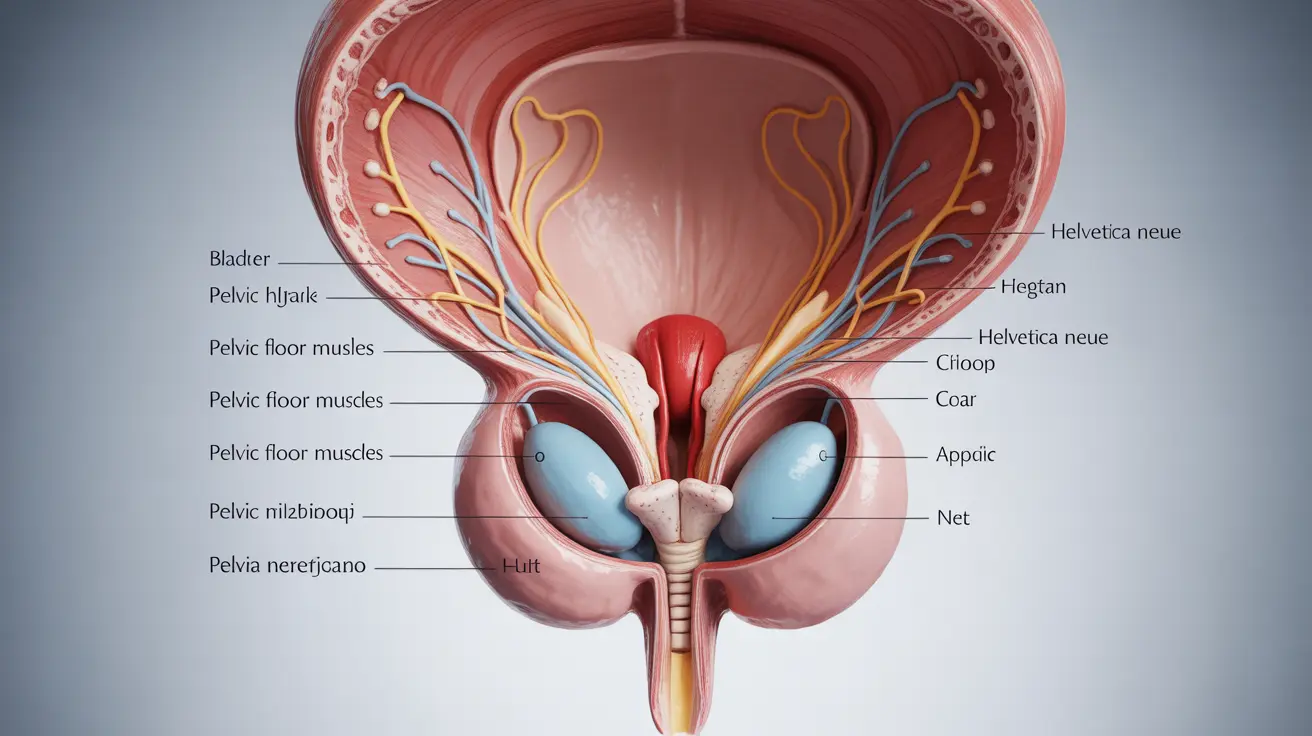The thoracic spine, located in your mid-back region, plays a crucial role in overall spinal health and daily movement. When this area becomes stiff and immobile, it can lead to a cascade of problems including poor posture, breathing difficulties, and pain throughout your back and neck. Understanding how to maintain and improve thoracic spine mobility is essential for anyone looking to enhance their physical well-being and prevent chronic pain issues.
Modern lifestyle habits, such as prolonged sitting and forward head posture from computer work, have made thoracic spine restrictions increasingly common. The good news is that targeted exercises and awareness can significantly improve mobility in this critical area, leading to better overall spinal function and quality of life.
Understanding Your Thoracic Spine
The thoracic spine consists of twelve vertebrae (T1-T12) that form the middle section of your spine, extending from the base of your neck to the bottom of your rib cage. Unlike other spinal regions, the thoracic spine is designed for rotation and lateral flexion while providing stability through its connection to the rib cage.
When thoracic spine mobility becomes restricted, your body compensates by overusing other spinal segments, particularly the cervical spine (neck) and lumbar spine (lower back). This compensation pattern often leads to pain and dysfunction in these areas, making thoracic mobility work essential for comprehensive spinal health.
Essential Exercises for Improving Thoracic Spine Mobility
Cat-Cow Thoracic Focus
Begin on your hands and knees in a tabletop position. Instead of moving your entire spine, focus specifically on the thoracic region. Gently arch your middle back while keeping your head in a neutral position, then reverse the movement by rounding through your thoracic spine. This targeted approach helps isolate and mobilize the middle back segments.
Thoracic Extension Over Foam Roller
Position a foam roller horizontally under your thoracic spine at about the level of your shoulder blades. Support your head with your hands and slowly extend backward over the roller, allowing your thoracic spine to bend over the roller's curve. Move the roller up and down your thoracic spine, spending extra time on particularly stiff areas.
Wall Slides with Thoracic Focus
Stand with your back against a wall, maintaining contact with your head, upper back, and tailbone. Place your arms in a "W" position against the wall and slowly slide them up into a "Y" position while maintaining wall contact. Focus on keeping your thoracic spine extended against the wall throughout the movement.
Quadruped Thoracic Rotation
From a hands-and-knees position, place one hand behind your head. Rotate your torso by bringing your elbow toward the opposite hand, then reverse the movement by rotating upward and opening your chest. This exercise specifically targets thoracic rotation, which is often the most restricted movement in this region.
The Connection Between Thoracic Mobility and Pain Relief
Improving thoracic spine mobility creates a ripple effect throughout your entire kinetic chain. When your thoracic spine moves properly, it reduces compensatory stress on both your neck and lower back. This is particularly important because many common pain patterns stem from thoracic restrictions rather than problems at the actual site of pain.
The thoracic spine's role in maintaining proper shoulder blade positioning also affects shoulder function. Poor thoracic mobility can lead to shoulder impingement, neck tension, and headaches as your body struggles to maintain proper alignment and movement patterns.
Impact on Posture and Breathing Function
Your thoracic spine directly influences your posture through its effect on rib cage positioning and shoulder alignment. When thoracic extension is limited, you develop a forward head posture and rounded shoulders, creating a cascade of postural compensations throughout your body.
Breathing function is intimately connected to thoracic spine mobility because your ribs attach to the thoracic vertebrae. Restricted thoracic movement limits rib expansion during breathing, leading to shallow breathing patterns and reduced oxygen uptake. Improving thoracic mobility enhances your ability to take deep, full breaths, which benefits both physical performance and stress management.
Common Causes and Prevention Strategies
The primary culprits behind reduced thoracic spine mobility include prolonged sitting, poor workstation ergonomics, and repetitive forward-reaching activities. Spending hours hunched over computers or mobile devices creates adaptive shortening of the chest muscles and weakness in the upper back muscles.
Prevention strategies focus on breaking up prolonged sitting with movement breaks, maintaining proper workstation ergonomics, and incorporating regular thoracic mobility work into your routine. Simple awareness of your posture throughout the day can also make a significant difference in maintaining thoracic spine health.
Creating an Effective Routine
Consistency is key when working on thoracic spine mobility. Start with gentle movements and gradually progress as your range of motion improves. Pay attention to how your body responds and adjust intensity accordingly.
Combining thoracic mobility exercises with strengthening work for the supporting muscles creates the most comprehensive approach. Focus on strengthening your deep neck flexors, middle trapezius, and rhomboids to support the improved mobility you're developing.
Frequently Asked Questions
What are the best exercises to improve thoracic spine mobility?
The most effective exercises include thoracic extension over a foam roller, cat-cow movements focused on the middle back, wall slides, and quadruped thoracic rotation. These exercises target the primary movement patterns of the thoracic spine: extension, rotation, and lateral flexion. Start with gentle movements and gradually increase range of motion as flexibility improves.
How does improving thoracic spine mobility help reduce lower back and neck pain?
When your thoracic spine is stiff, your neck and lower back must compensate by moving excessively to maintain normal function. This compensation leads to overuse and pain in these areas. By restoring proper thoracic mobility, you reduce the compensatory stress on adjacent spinal segments, allowing your neck and lower back to function within their normal ranges of motion.
Can better thoracic spine mobility improve posture and breathing?
Yes, thoracic spine mobility directly impacts both posture and breathing. Improved thoracic extension helps counteract forward head posture and rounded shoulders by allowing proper alignment of the rib cage and shoulder blades. Additionally, better thoracic mobility enhances rib expansion during breathing, leading to deeper, more efficient breathing patterns and improved oxygen delivery throughout your body.
How often should I perform thoracic spine mobility exercises to see benefits?
For optimal results, perform thoracic spine mobility exercises daily, especially if you spend long hours in seated positions. Each session can be brief, lasting 5-10 minutes, focusing on quality movement rather than duration. You may notice improvements in comfort and posture within a few days, but significant changes in mobility typically develop over 2-4 weeks of consistent practice.
What are common causes of reduced thoracic spine mobility and how can I prevent them?
Common causes include prolonged sitting, poor posture while using computers or mobile devices, sleeping in positions that promote thoracic flexion, and lack of regular movement. Prevention strategies include taking regular movement breaks every 30-60 minutes, maintaining proper workstation ergonomics, sleeping with appropriate pillow support, and incorporating daily thoracic mobility exercises into your routine. Being mindful of your posture throughout the day also helps prevent stiffness from developing.




